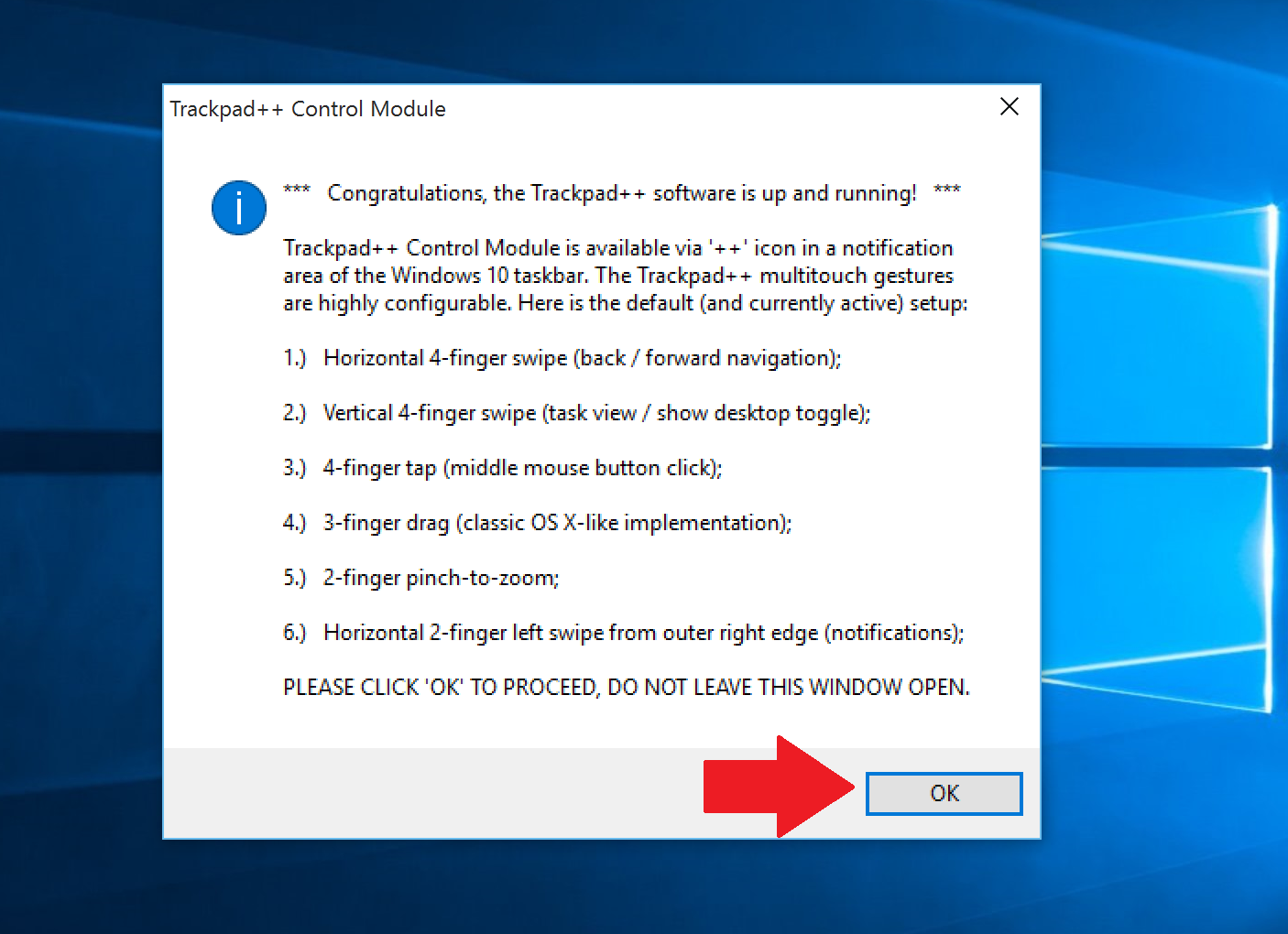Are you new to the Mac? Just figuring out how to move the mouse around? Now is a good time to go over some fundamental stuff that you need to know for just about everything you’ll be doing on the Mac.
Now for some basic terminology:
- Point: Before you can click or press anything, you have to point to it. Place your hand on your mouse, and move it so that the cursor arrow is over the object you want — like on top of an icon or a button.
Bootcamp Trackpad Right Click
If you’re using a trackpad, slide your finger lightly across the pad until the cursor arrow is over the object you want.
Since right-click in Mac OS X trackpad is done through two-fingers clicking, what you're asking is pretty non-Macish. On OS X, if you two-fingers click and drag, only the first two-fingers click is perceived by the OS, which pops up the option menu instantaneously. There seem to be nothing also in VirtualBox preferences.
- Click: Also called single click. Use your index finger to push the mouse button all the way down and then let go so that the button (usually) produces a satisfying clicking sound. (If you have one of the optical Apple Pro mice, you push the whole thing down to click.) Use a single click to highlight an icon, press a button, or activate a check box or window.

In other words, first you point and then you click — point and click, in computer lingo.

If you’re using a trackpad, press down on it to click.
- Double-click:Click twice in rapid succession. With a little practice, you can perfect this technique in no time. Use a double-click to open a folder or to launch a file or application.
Trackpad users: Press down on the pad two times in rapid succession.
Bootcamp Trackpad Click
- Control-click: Hold down the Control key while single-clicking. (Also called secondary-click or right-click.)
Trackpad users can either hold down the Control key while pressing down on the pad with one finger, or by tapping the trackpad with two fingers without holding down the Control key.
If tapping your trackpad with two fingers didn’t bring up the little menu, check your Trackpad System Preferences pane.
Control-clicking — the same as right-clicking a Windows system — displays a menu (called a contextual or shortcut menu). In fact, if you’re blessed with a two-or-more-button mouse (such as the Apple Magic Mouse), you can right-click and avoid having to hold down the Control key. (You may have to enable this feature in the Mouse System Preference pane.)
- Drag:Dragging something usually means you have to click it first and hold down the mouse or trackpad button. Then you move the mouse on your desk or mouse pad (or your finger on the trackpad) so that the cursor and whatever you select moves across the screen. The combination of holding down the button and dragging the mouse is usually referred to as clicking and dragging.
- Wiggle (or jiggle): This welcome improvement, introduced in El Capitan is awesome when you lose track of the pointer on your screen. Just wiggle your mouse back and forth (or jiggle your finger back and forth on the trackpad) for a few seconds and the pointer will magically get much bigger, making it easier to see on the screen. And, of course, when you stop wiggling or jiggling, the pointer returns to its normal size.
- Choosing an item from a menu: To get to macOS menu commands, you must first open a menu and then choose the option you want. Point at the name of the menu you want with your cursor, press the mouse button, and then drag downward until you select the command you want. When the command is highlighted, finish selecting by letting go of the mouse button.
If you’re a longtime Mac user, you probably hold down the mouse button the whole time between clicking the name of the menu and selecting the command you want. You can still do it that way, but you can also click the menu name to open it, release the mouse button, point at the item you want to select, and then click again. In other words, macOS menus stay open after you click their names, even if you’re not holding down the mouse button.
After you click a menu’s name to open it, you can even type the first letter (or letters) of the item to select it and then execute that item by pressing the spacebar or the Return key. Furthermore, menus remain open until you click something else.
Go ahead and give it a try.
Mac Boot Camp Trackpad Right Click Not Working
The terms given in the preceding list apply to all Mac laptop, desktop, and tower systems. If you use a MacBook, MacBook Pro, MacBook Air, or Apple Magic Trackpad, however, there are a few more terms — such as tap, swipe, rotate, pinch, and spread — you’ll want to add to your lexicon.